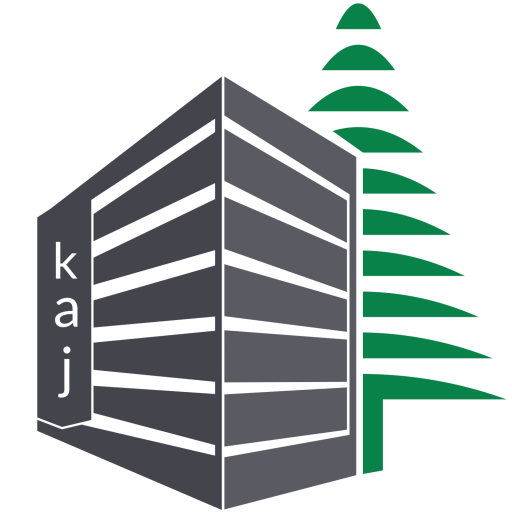In this article, we examine the types of UV and varnish coatings
Vernie
Another printing coating that protects printed products from scratches and minor damages and also makes it more attractive is the varnish coating. Of course, it should be noted that for printing works that require a long life and are exposed to moisture and chemicals, varnish coating is not very suitable and it is better to use another type.
Varnish coating can be used both locally and specifically for a part of printed surfaces and completely to cover all surfaces.
At the stage of applying varnish on the printed surface, it should be noted that the varnished printed surfaces are not piled up at the output of the printing machine and are not under too much pressure. Because otherwise, it will cause the printing surfaces to be damaged.
Varnish coating types
According to the ingredients of the varnish coating and the printing method used for it, this coating can be divided into two groups. The first type is hot varnish and the second type is cold varnish.
– Warm varnish
Warm varnish coating is placed on the desired surface by silk screen printing method. In this way, by preparing the film from the desired place and using the silk screen printing method, warm varnish is transferred to that place.
There is a kind of petroleum substance in the components of warm varnish, which causes an unpleasant smell in printed products such as brochures, catalogs, etc.; For this reason, they add some scented essential oil to warm varnish.
– Cold varnish
This type of coating is done in the form of offset printing and it is the only coating that is used only to stabilize the color and almost no shine is observed in it.
The transfer of cold varnish coating is done in different ways. One of them is the waterless method by impregnating the printed surface in varnish. The second method is to create a separate plate like separate color printing and applying varnish through the moistening solution of the offset printing machine.
UV
UV coating is usually placed on the printed surface as an embossed and shiny layer. According to the materials used for this type of coating, a matte or glossy coating is provided. Of course, its matte type is rarely used due to its high cost and the long time it takes. Normally, in most printed works such as business cards, in order to add a more beautiful visual effect, both matte and glossy coatings are used.
Since the consumables in UV coating are dried by ultraviolet method, its name is named as UV abbreviation.
Adding UV to the printed surface, in addition to the attractiveness it brings, makes the printed product more resistant and protects it against factors such as rain, wear, and fading.
Types of UV
As mentioned, this type of coating is transferred to the printed surface in two types, matte and glossy. Meanwhile, apart from this type of classification, there is another type which is named according to its coverage level. The first type is flat cylindrical UV and the second type is prominent localized UV.
– Flat cylindrical UV
In this method, like the varnish coating, the printed surface, which is paper or cardboard, is passed through a silk screen mesh that contains UV materials (or a UV roller without a filter) and all the paper is impregnated with UV. In this case, after passing through the dryer, the desired printed surface is covered with UV material.
– Highlighted local UV
Local UV is another type of coating that is placed on the printed surface with a separate cliché and makes some points of the design more prominent. This means that a part of the design that can be made more attractive by adding a shiny and prominent surface to it, and during the printing process by adding the desired color to that part and passing through ultraviolet rays, The printed product was achieved with topical UV. This embossed layer makes a bright and shiny shade appear on the surface, which makes the printed product particularly attractive. In the commercial industry, local UV is mostly used to highlight the important parts of the printed product, such as the brand name, logo, etc.
In order to send the UV design to the printing house, first the original file is sent in 4 main colors and in PDFX format; Then, in order to specify the desired part for local UV printing, that part should be marked in uniform black color and sent to the printing house separately with the same output format and quality of the original fable.
In addition to the various coatings that were mentioned, in order to make the appearance of printed products more beautiful, various special effects can also be applied to them. For example, embossing part of the printed surface, special cuts in diecut, silk printing, hot foil, printing on semi-transparent and matte PVC glasses, creating embossed writings by thermography, etc.

